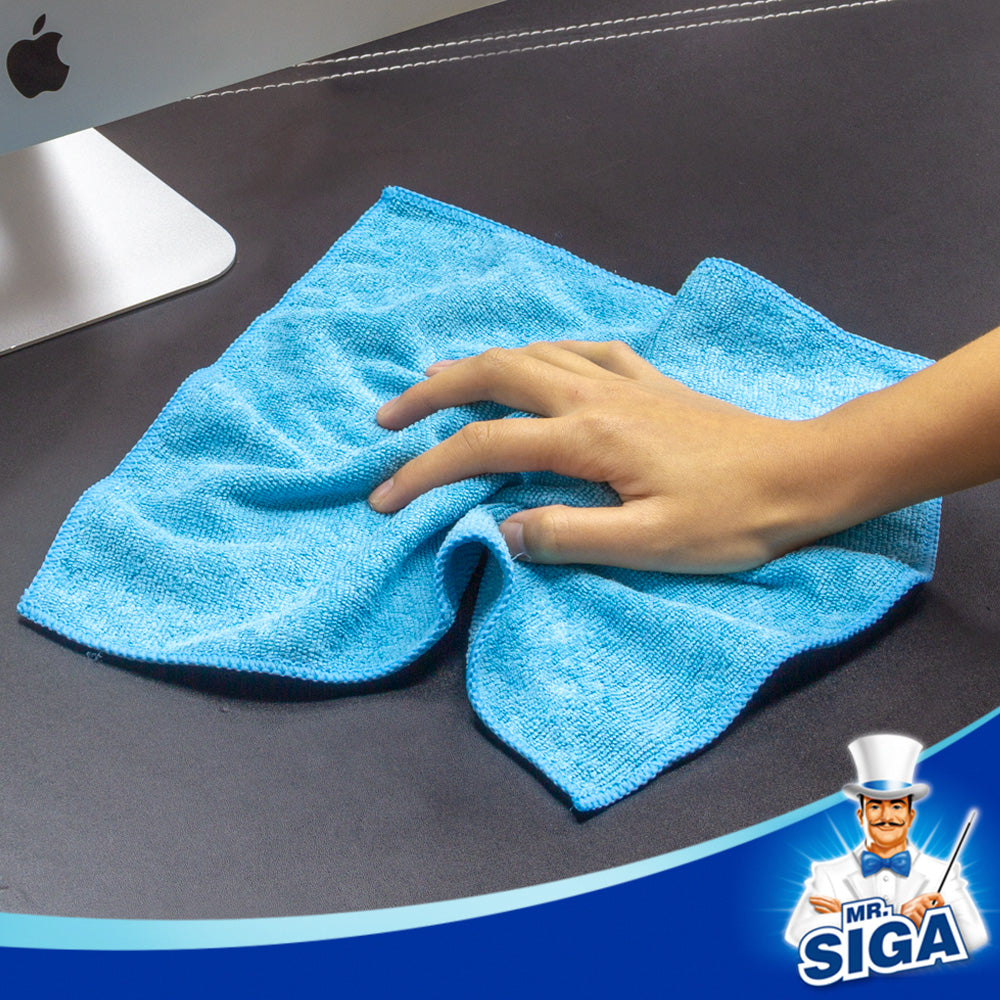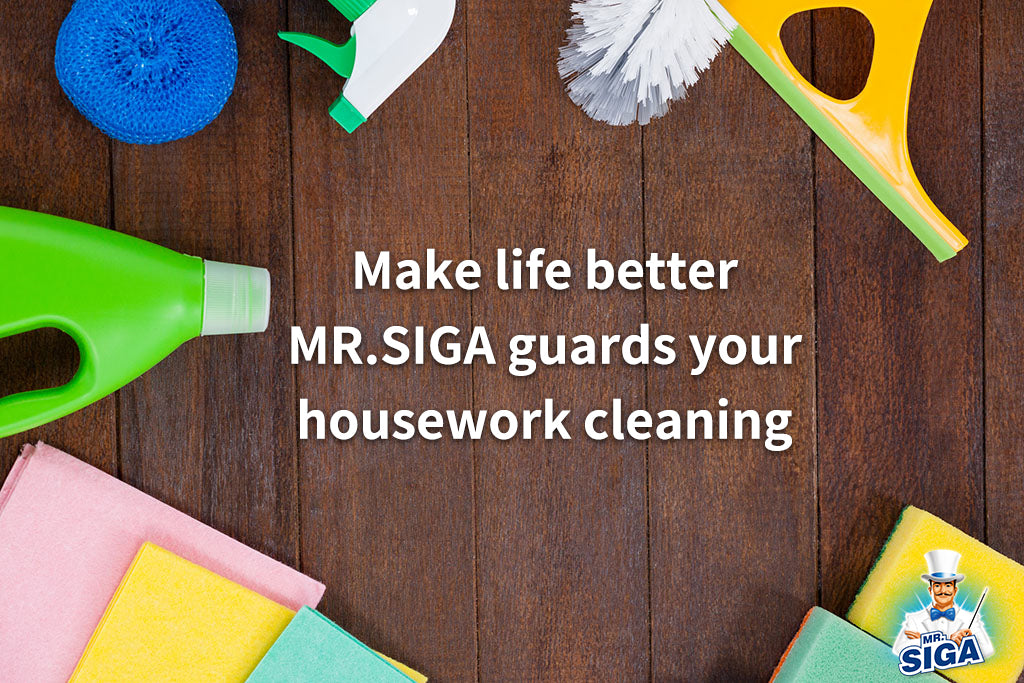
A smarter way to clean your home
How to clean a burnt pot: To clean a badly burnt pot without scrubbing, cover the burnt area with a generous amount of baking soda, then pour enough boiling water to fill the pot one-third to half full . When the water is cool to the touch, rinse it with a sponge and wipe away the scorch marks with the baking soda solution. Pour off the solution and wash the pan with hot soapy water.
clean the sink
Sinks, especially faucets, can be wiped away from germs and food debris with an all-purpose cleaner. And we should all be cleaning our faucets more often, because that's what we touch with our hands covered with raw chicken.
Sponges should also be washed frequently and can be washed in the dishwasher or microwave. If you use the microwave, first make sure the sponge is free of any metal, then wet the sponge and nuke it for two minutes; be careful when removing it as it will be hot.
Do you have mold or bacteria buildup on your sponge holder? Use a toothbrush dipped in bleach or white vinegar—but never at the same time, as the combination creates a dangerous chemical reaction—to scrub away mold. Then wash the sponge box in hot soapy water or run it through the dishwasher.
How to clean small appliances: The exterior of small appliances such as toasters, coffee makers, and blenders placed on the countertop should be wiped down frequently with an all-purpose cleaner to prevent splatter and oily buildup during cooking. For a more in-depth cleaning, remove all removable parts and wash by hand or in the dishwasher. Using a tool like a cotton swab or an old toothbrush, give the exterior a single clean with an all-purpose cleaner to get into tight corners and other hard-to-reach places.
Solve refrigerator problems
An easy way to keep an eye on your refrigerator is to add a simple task to your junk day routine:
When bagging trash, open the refrigerator and observe what's inside. Are there any spoiled leftovers? Throw them away. Are there liquefied products in the crisper? dump it. Will the last few eggs in the carton fall? Make a note of having an omelet for dinner and congratulate yourself on not wasting food.
How to clean up spills in the refrigerator: When sticky spills occur in the refrigerator or pantry, clean them up quickly by doing all kinds of compresses. Dip a sponge or rag in very hot water (watch your hands) and wring it dry to avoid dripping. Then, press it against the sticky point until the compression starts to lose heat. If the sticky spill has loosened sufficiently, wipe it away; if it is still stubbornly stuck, repeat as needed until the substance is loosened, then wipe up.



Leave a comment
This site is protected by hCaptcha and the hCaptcha Privacy Policy and Terms of Service apply.